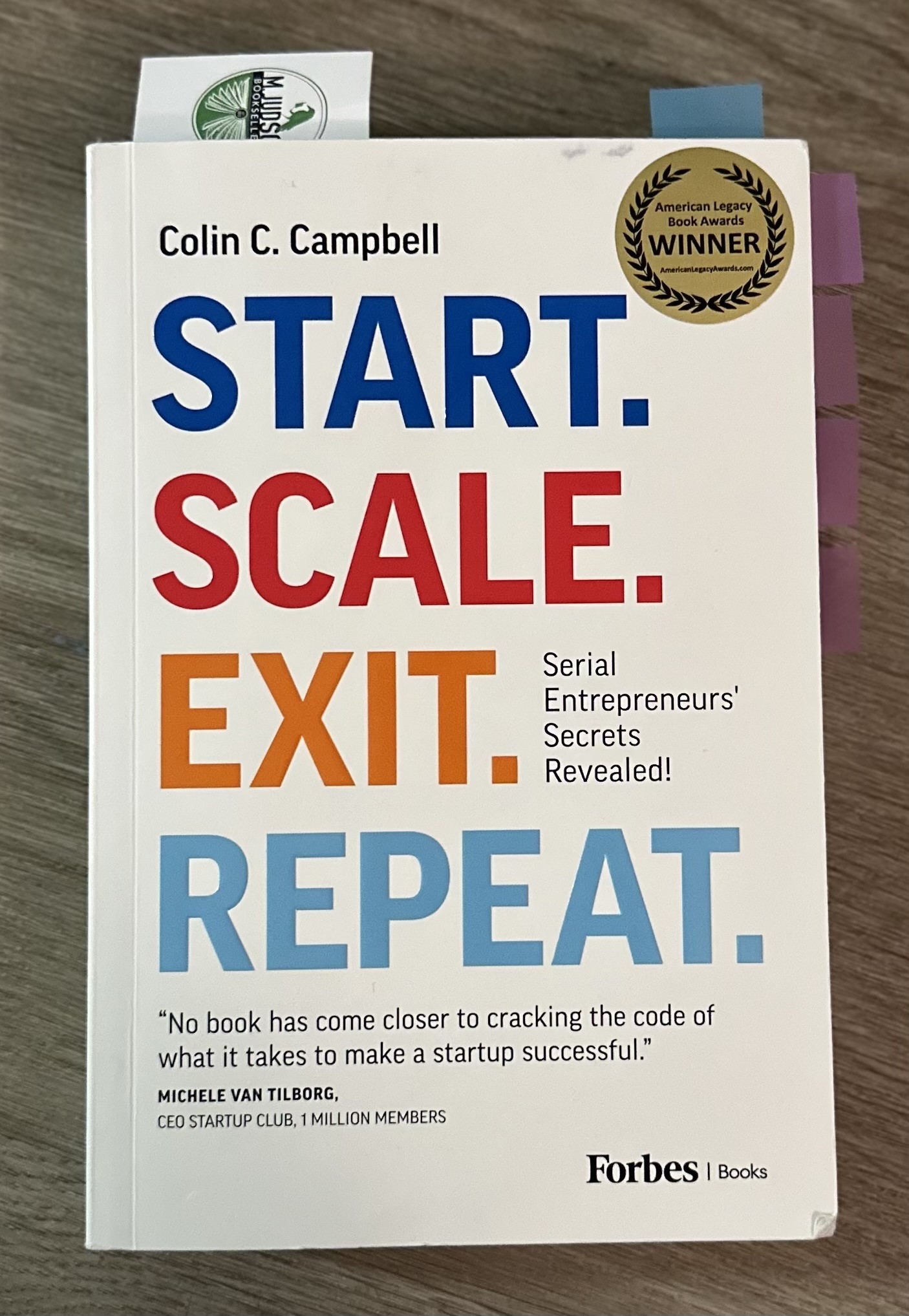Section A4: Systems
If you can’t explain your startup on four sticky notes, you’re not ready to build it.
In Chapter 15, Colin C. Campbell hands us one of the most actionable tools in the entire Start. Scale. Exit. Repeat. playbook: the Four Sticky Note Business Plan. Forget bloated documents or investor decks nobody reads — this framework strips your startup down to the essentials: Story, People, Money, and Systems.
Whether you’re refining your idea or just now turning your vision into a roadmap, this chapter is a must-read. It’s not about over-planning — it’s about starting smart with clarity, purpose, and the right early-stage KPIs. Let’s dive in and sketch a business that’s simple, scalable, and actually makes sense.
